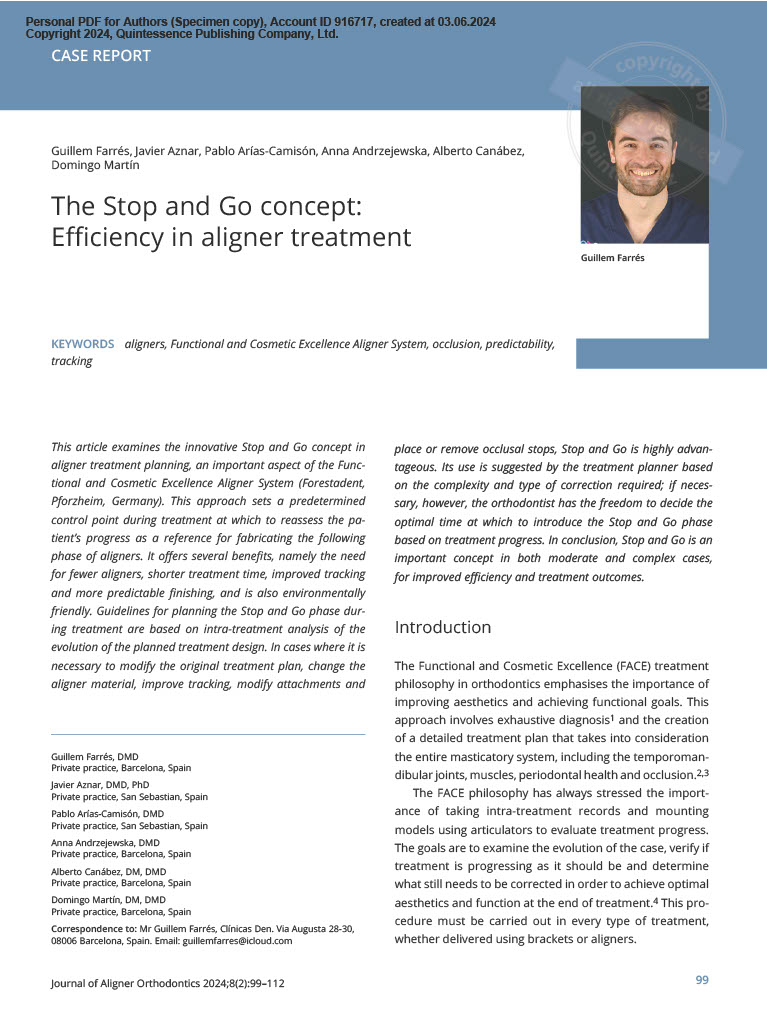Paper language: Spanish

Malocclusion complexity as an associated factor
for temporomandibular disorders. A case-control
study
for temporomandibular disorders. A case-control
study
AUTHOR: Iván Daniel Zúñiga-Herrera , José Rubén Herrera-Atoche , Mauricio EscoffiéRamírez , Juan Fernando Casanova-Rosado , María Leonor Alonzo-Echeverría & Fernando Javier Aguilar-Pérez
Spanish abstract
Objective: To evaluate the association between temporomandibular disorders (TMD) and malocclusion complexity using the Index of Complexity Outcome and Need (ICON) levels. Methods: A prospective, cross-sectional, case and control study was done. Cases and controls were matched in a one-to-one relationship (179 subjects each). The Research Diagnostic Criteria was used to evaluate the presence of TMD, and the ICON was used to quantify malocclusion complexity. A binary logistic regression (p < 0.05) was used to identify associations between variables. Results: TMD presence was associated with gender and malocclusion complexity (p < 0.05). The largest proportion of controls were in the lowest three levels of ICON complexity, while most cases were in the three highest levels (p < 0.001). Higher malocclusion complexity indicated a greater TMD risk. Conclusion: The results indicate that TMD is associated with malocclusioDownload paper (PDF)
Access our most valuable content free of charge.
Related Scientific papers
1st FACE online symposium
The world is changing and in FACE, following tradition, we wont be left behind.
As we all know, we can’t travel or meet, so once again, we will take advantage of technology to turn the situation around.
«Work hard, play hard«
Two days full of experiences, thanks to the participation of 20 different clinics.
We’ll see you on February 26 and 27





